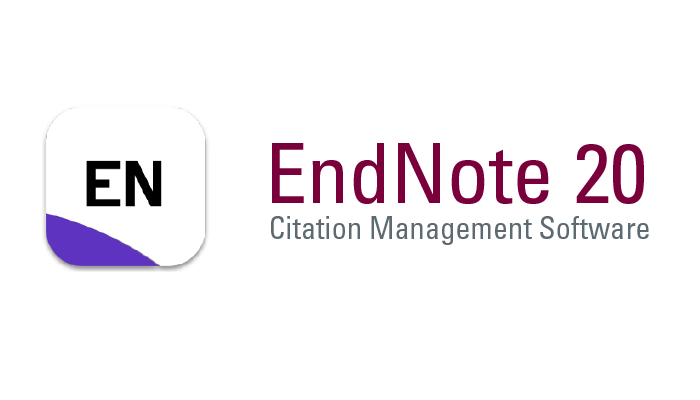ANALISIS SEMIOTIK: MEMAHAMI NILAI MULTIKULTURALISME DALAM LIRIK LAGU “SABILULUNGAN” KARYA KOKO KOSWARA
DOI:
https://doi.org/10.47887/amd.v4i2.144Keywords:
Semiotics, Multiculturalism, SongAbstract
This article examines the meaning of loneliness in the lyrics of the song "Sabilulungan" by Koko Koswara through Roland Barthes' semiotic analysis. The meanings expressed are denotation, connotation and myth. In this study, Roland Barthes' semiotic theory is used to explain the denotation, connotation and myth of the meaning of "Gotong-Royong" contained in the song's lyrics. The aim of this research is to look for multicultural values in the lyrics of the song "Sabilulungan". This research uses an interpretive qualitative method or inductive way of thinking, namely a way of thinking from the specific to the general. The results of a semiotic study of the lyrics of the song "Sabilulungan" are as follows. The detonating meaning of these lyrics is the author's desire to invite fellow humans to work together. The connotation is that the author feels a sense of empathy for the surrounding environment, especially the diverse cultures in Indonesia, so that they can live in harmony and build unity. The meaning of the myth is that the creator of the song wants to convey that mutual cooperation does not always start with other people, but starts with oneself and invites other people.
References
Abdussamad, Z. (2021). Metode Penelitian Kualitatif (P.Rapanna (ed.); Cetakan 1). CV. syakir Media Press.
Akhmadi, A. (2019). Moderasi Beragama Dalam Keragaman Indonesia Religious Moderation In Indonesia ’ S Diversity. Jurnal DIklat Keagamaan, 13(2), 45–55.
Antara, M., Pertanian, F., Udayana, U., Visual, D. K., Tinggi, S., &Bali, D. (2018). Keragaman Budaya Indonesia Sumber Inspirasi Inovasi Industri Kreatif. SENADA, 1(1), 292–301.
Baharun, H., Ulum, M. B., &Azhari, A. N. (2018). Tradisi Ngejot: Sebuah Ekspresi Keharmonisan Dan Kerukunan Antar Umat Beragama Dengan Dakwah Bil Hal. FENOMENA : Jurnal Penelitian, 10(1), 1–26.
Budiana, H. R., Bajari, A., &Mulyawan, R. (2020). Transformasi nilai Sabilulungan dalam aktivitas komunikasi pelayanan publik di Pemerintahan Kabupaten Bandung. 8(1), 42–56.
Derung, T. N. (2019). Gotong royong dan indonesia. Jurnal Kateketik Dan Pastoral, 4(1), 5–13.
Kusumawati, H. S., Rahayu, N. T., &Fitriana, D. (2019). Analisis Semiotika Model Roland Barthes Pada Makna Lagu “Rembulan” Karya Ipha Hadi Sasono. KLITIKA: Jurnal Ilmiah Pendidikan Bahasa Dan Sastra, 1(2), 105–116.
Lukman, F. (2015). Pendekatan Semiotika dan Penerapannya dalam Teori Asma’ Al-Qur’an. Religia, 18(2), 207. https://doi.org/10.28918/religia.v18i2.628
Mubarak, H. A. Z. (2019). Sistem Pendidikan di Negeri Kangguru: Studi Komparatif Australia dan Indonesia. zakimu. com.
Nathaniel, A., &Sannie, A. W. (2020). Analisis Semiotika Makna Kesendirian Pada Lirik Lagu “Ruang Sendiri” Karya Tulus. SEMIOTIKA: Jurnal Ilmu Sastra Dan Linguistik, 19(2), 41. https://doi.org/10.19184/semiotika.v19i2.10447
Riwu, A., &Pujiati, T. (2018). Analisis Semiotika Roland Barthes Pada Film 3 Dara ( Kajian Semiotika ). 10(03), 212–223.
Saputri, Nuary, N. S., Hermawan, D., &Dwiatmini, S. (2021). Tradisi Mapag Menak Di Kampung Nagrak Kecamatan Pacet Kabupaten Bandung Jawa Barat. Jurnal Budaya Etika, 4(1), 35–48.
Shirleen, J. P., Puspitasari, A., &Hijriah, A. (2023). Analisis lagu bertema akuntansi “galang rambu anarki” dalam perspektif semiotika roland barthes. Jurnal Kewirausahaan Bukit Harapan, 3(2), 14–20.
Sinaga, Y. C., Cyntia, S., Komariah, S., &Barus, F. L. (2021). Analisis Makna Denotasi Dan Konotasi Pada Lirik Lagu “Celengan Rindu” Karya Fiersa Besari. Jurnal Metabasa, 3(1), 41–55.
Wahyudiansyah, Awaludin, A., &Sulistina, J. E. (2022). Makna Deontasi Konotasi Pada Lirik Lagu One More Light Karya Linkin Park (Studi Analisis Semiotika Model Roland Barthes Pada Lirik Lagu One More Light). Jurnal Ilmu Komunikasi, 8(2), 1–13.
Downloads
Published
How to Cite
Issue
Section
License
Copyright (c) 2023 Abdullah Ali Nashih, Ma’bad Fathi Mu’tazza, Kambali Kambali

This work is licensed under a Creative Commons Attribution-ShareAlike 4.0 International License.
Authors retain copyright and grant the journal right of first publication and this work is licensed under a Creative Commons Attribution-ShareAlike 4.0 that allows others to share the work with an acknowledgement of the works authorship and initial publication in this journal.
All articles in this journal may be disseminated by listing valid sources and the title of the article should not be omitted. The content of the article is liable to the author.
Authors are able to enter into separate, additional contractual arrangements for the non-exclusive distribution of the journal's published version of the work (e.g., post it to an institutional repository or publish it in a book), with an acknowledgment of its initial publication in this journal.
Authors are permitted and encouraged to post their work online (e.g., in institutional repositories or on their website) prior to and during the submission process, as it can lead to productive exchanges, as well as earlier and greater citation of published work.
In the dissemination of articles by the author must declare the Al-Madaris Jurnal Pendidikan dan Studi Keislaman as the first party to publish the article.














